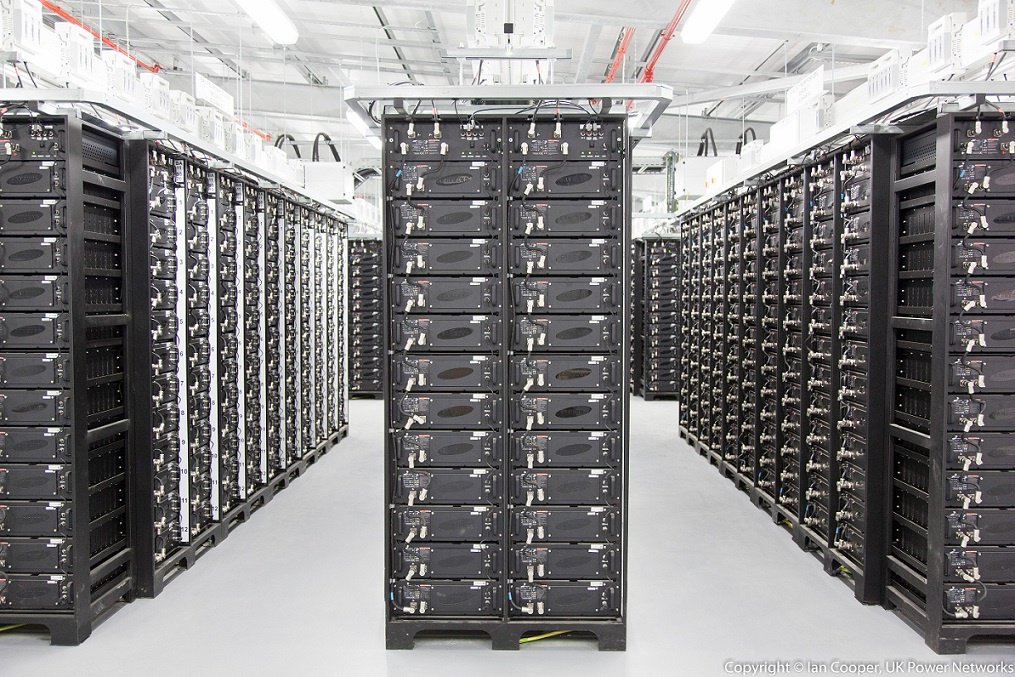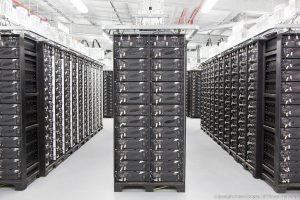With the inclusion of battery energy storage into new building codes and safety standards, it’s obvious just how mainstream storage is today.
Electrochemical batteries have been around for more than 100 years and solar photovoltaic (PV) panels have been in use for half a century. During the early days of solar, users deployed PV panels to charge batteries in places far from a power line or gas station. Those batteries powered things like satellites, weather stations and remote homes. Around the turn of the century, people began connecting PV systems directly to the electrical grid.
At first, the grid connection was for purely scientific or ideological reasons, and, as regions and businesses offered incentives and PV sped down the cost curve, people used PV to save money on electricity. In 2004, PV systems installed without batteries outnumbered battery-based systems for the first time – by 2010, solar-plus-storage systems were relegated to a small niche of the booming solar industry. But now the industry is coming full circle.
In October of 2015, Hawaii’s public utilities commission became the first in the U.S. to start limiting grid-direct PV installations due to impacts on local grids from midday power exports. New systems would not be allowed to send surplus power back to the grid indiscriminately. Thanks to a small but thriving number of businesses that still installed off-grid and backup systems, many Hawaiian solar customers deployed batteries to ensure their PV output was stored for nighttime use rather than pushed back to the grid. The writing was on the wall: PV and batteries were not as separable as we thought.
Since then, utility rates in several more states have been made more sophisticated, in part to discourage the export of solar PV power onto the grid at inopportune times. The industry is responding by making batteries available to most new solar customers. While the added cost of the batteries can make the financial payback of these PV systems less lucrative than the direct grid models, batteries provide additional resilience and control for the system owner – which is increasingly important to consumers and businesses alike. All of the industry signs are clear: storage is going to be part of most solar PV systems going forward.
Sign one: Everybody’s got a battery to sell
While long-standing off-grid and PV backup suppliers have quietly supported solar-plus-storage applications all along, the nation’s largest solar PV installers like Sunrun, SunPower and Tesla started offering battery products to their customers in the last several years. The companies continue to report dramatic growth in the share of battery sales to their traditional PV-only offerings. The advent of well-packaged, long-life lithium-ion batteries has made energy storage more appealing to consumers.
When the biggest names in solar get behind batteries, their marketing, messaging and political influence increases awareness among consumers, businesses, and governments alike. Their smaller competitors also take up the cause so that they don’t get left behind.
Read more: PV Magazine





